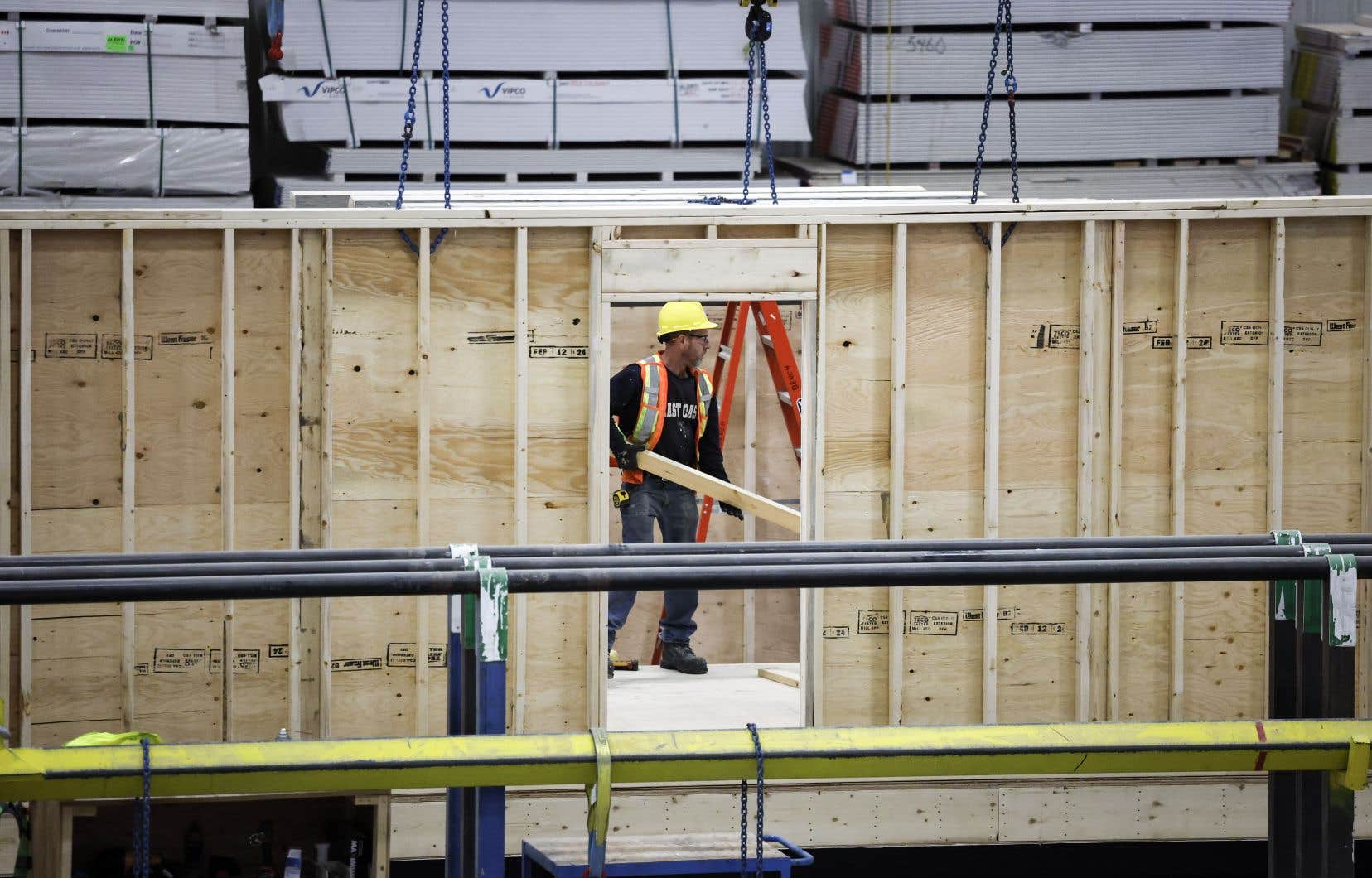The Parliamentary Budget Officer estimates that Canada would need to build 1.3 million additional housing units by 2030 to meet demand.
The report estimates how many additional housing units would need to be built to bring Canada’s vacancy rate back to the “historic average” of 6.9% measured over twenty years, between 2000 and 2019.
Yves Giroux’s report also takes into account the number of additional households that would be formed if enough housing were available.
Based on these baseline prospects, the Parliamentary Budget Officer estimates that Canada would need to build 181,000 more housing units per year than it currently does.
The report from the Parliamentary Budget Officer (PBO) does not take into account recent federal initiatives aimed at increasing the supply of housing nor the new cap imposed by Ottawa on temporary residents.
The Canada Mortgage and Housing Corporation (CMHC) estimated last September that Canada would have to build 3.5 million additional housing units by 2030 to restore affordability to the “very favorable” levels of 2003-2004. .
Mr. Giroux clarifies that his estimate of 1.3 million additional housing units by 2030 is much lower than CMHC’s estimate of 3.5 million because the PBO was only seeking to close the gap between supply and demand. demand, regardless of affordability.
Even before the federal budget is tabled on April 16, the Liberal government has been making a series of housing announcements for more than a week, aimed primarily at increasing the housing supply. The proposed measures include billions of dollars in low-cost loans to boost more rental housing construction, as well as infrastructure funding for provinces and municipalities.
Justin Trudeau’s government is also trying to regain the favor of young voters, who are increasingly pessimistic about their prospects of homeownership and faced with skyrocketing rents.
